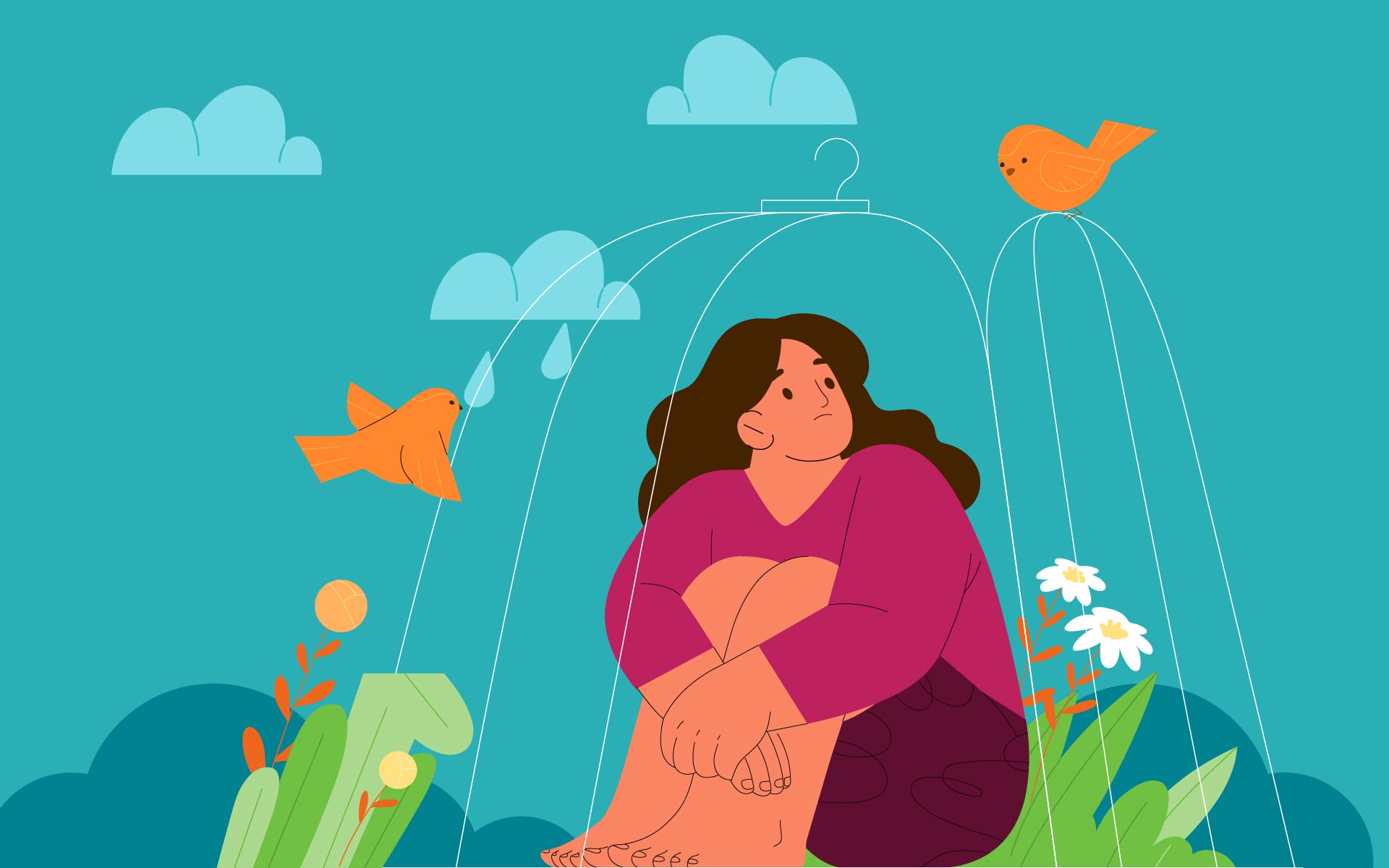Mindfulness in transit
New York’s Metropolitan Transportation Authority offers programs that teach mindfulness, meditation, and yoga to its employees across the transit system, from bus drivers and train operators to office workers, ticket-takers, and mechanics. The programs, run by a corporate wellness consulting firm called the Health Enhancement Company, have been offered for several years, and HEC’s president Donna DeFalco estimates they’ve reached 7,200 employees so far. Now, they are rolling out a large-scale daily program geared toward people working on transit vehicles every day, who face uncommon challenges and stressors in their work, such as isolation from their bosses and colleagues and a lack of flexibility while on the job.
Wellness in the House
This spring a program with potential to ease stress in the nation’s capitol launched at the US House of Representatives. The House Wellness Center brings wellness education and services—including mindfulness—to members and staff of the House. On tap: lunchtime seminars on topics including work–life balance, sleep essentials, and gratitude; assistance with life-management issues, such as childcare; a newsletter providing informational articles, a guide to resources, and wellness tips; and instruction in mindfulness-based stress management, among other skills.
Ready, set, meditate!
Started with a wink and fully aware of the paradox, Competitive Meditation looks like it might actually become a thing. Since its creation in 2018 by a writer for tech news site Mashable, the 5-minute meditation showdowns—during which two competitors wear brainwave-detecting headbands that record your number of “thoughts” via weak electrical impulses—have led to matches among video game creators, residents of a meditation center, and employees of the leading mindfulness app, Calm.
Canada’s first mindfulness grad program to launch
This fall, the University of the Fraser Valley, with four campuses in British Columbia, will launch a 10-month mostly online graduate program in mindfulness-based teaching and learning. It’s the first Canadian university to offer a graduate degree in mindfulness; a handful of universities in the US have also added the topic to their graduate programming.
The UFV program comprises four courses providing personal exploration of the topic, a deep dive into theory and research in the field, and training to facilitate mindful instruction. The for-credit classes are also designed to be transferable toward numerous professional graduate study programs, including masters and doctoral programs in education.
“Regardless of your industry, the MBTL graduate certificate prepares you to become a professional mindfulness leader while deepening your own mindfulness practice and knowledge,” the UFV course description reads.
Books bring us together
In a celebration of community and connection, Dutch street artists Jan Is de Man and Deef Feed created a striking trompe l’oeil mural on an apartment building in Utrecht, Netherlands. They asked residents about their favorite books and painted the suggestions on a massive, multicultural bookshelf, representing eight languages.
Acts of Kindness
- While out for dinner with friends in Oxford, Alabama, Jamario Howards noticed a woman eating alone and went over to speak with her. It turned out to be the day before her 60th anniversary with her late husband. He invited her to join him and his friends, and they’ve been meeting her regularly for dinner since.
- When 80-year-old elementary school janitor Haze Mabry in Zebulon, Georgia, showed up for work on his birthday, instead of finding a messy school to clean, he found nearly 800 students lined up to sing him a happy birthday, hand him buckets of cards, and give him hugs.
- In the German town of Bensheim, a chubby rat got stuck in a manhole cover, so a team of eight rescuers, comprised of firefighters and animal rescuers, spent about 25 minutes helping the rat escape to freedom, unharmed. “Even animals that are hated by many people deserve respect,” animal rescuer Michael Sehr told German news agency DPA.
Ask a Meditator
by Sharon Salzberg
Q: What do you suggest when you feel like you’ve done your utmost to live by love and compassion, but then jerks out there take the wind out of your sail and just kind of crush you?
A: I think it’s always helpful if we look at our motivation, and if we feel confident we’re acting from a place of love and compassion, as much as we can. The intention behind an action is a very powerful part of the action. It behooves all of us to use mindfulness to truly pay attention to where we’re coming from. And then, there’s a level of skill in action if you are trying to communicate something. Beyond that is a level over which you don’t have any control. You really don’t. People will respond, but we don’t have to define ourselves and our actions completely by their reaction, because it’s hopeless. If someone is not responding in an appropriate way, or even in a kind way, usually we’re heartbroken. I’m such an idiot. Why do I always give the wrong thing? Or: They’re hopeless. They’re just jerks. That’s the place for equanimity. We do care, but how much do we care? Are we completely defined by something we actually can’t even affect, which is the reaction of somebody else? Or can we have a sense of integrity about our actions based on knowing our motive and that we acted as skillfully as we could?
Mindfulness Without Borders: Charles Hargobind
Charles Hargobind leads the Mindfulness Ambassador Program, put on by Mindfulness Without Borders, in which he guides high school seniors through a 12-week mindfulness training that includes basic meditation instruction, techniques for navigating challenging emotions, and helping teens recognize and understand their internal narratives. Hargobind is a graduate of the program, and he found mindfulness at a particularly painful point in his life.
Hargobind knew he was gay but was struggling to come to terms with his identity. Finally, he came out to his best friend. “I’m gay,” he told her. “She’s like, ‘What? NO. You can’t be, Charles. Do you know how many times people have asked me and I defended you?’”
His parents also were not immediately accepting of his news. Isolated and afraid, his best friend’s words rang in his ears. No, you can’t be.
“I was in such a dark place, and I kept looking for something to liberate me in some way. When this program came into my life, it gave me the freedom to stop looking for the light at the end of the tunnel and find it within.”
Hargobind sees mindfulness working for the teens he leads. “Week one they’re hunched over, hoodie on, arms crossed. By week five, they’re open and willing to share their vulnerabilities, willing to share what is challenging them in a moment of anger or happiness, how they’re relating to that emotion, what their narrative around that emotion is.”
Hargobind believes mindfulness can be a lifeline for all youth he works with, but there’s a special place in his heart, and in his work, for at-risk LGBTQ teens. He says mindfulness offers something vital. “You see your mask, you see your vulnerabilities, and you get to be with them, whether that’s happiness, sadness, anger, joy—you get to honor those emotions.”







